Humans and their dogs. This iconic relationship has long defined popular narratives. There is something about a good dog story that always seems to get me, as if dogs carry the ability to impart profound lessons we humans cannot fully comprehend on our own.
The Art of Racing in the Rain is one of Cam’s favorite novels of all time, so he was ecstatic when we initially heard there were plans to adapt the book into a movie. I remember Cam telling me about this book shortly after we met, and when he spoke of the main character, Enzo (the Golden Retriever), and the novel’s larger thematic messages I could easily detect there was something powerful about this text that resonated with him on a deeper level. I couldn’t help myself from wanting to pursue that power, from wanting to feel the same connection he had felt.
Thus, amidst the deeply inquisitive yet carefree attitude that defines college summers I plunged headfirst into a novel about a dog, his owner, and racing. I immediately fell in love with the characters—it’s not hard to do; if you’ve ever owned a dog, then you will immediately connect with Enzo—and quickly began to realize the novel wasn’t so much about a dog, his owner, and racing, as it was about the larger purpose, meaning, and potential of life. Author Garth Stein possesses the unique ability to relay truth as it is perceived from a dog’s eyes, and this truth points to greater lessons about relationships and mortality than humans may initially recognize.
Yes, this story explores the relationship between humans and their dogs, but it is so much more than that, and I deeply appreciated revisiting The Art of Racing In the Rain and the wisdom it has to offer six years after my initial encounter.
While I am not a fan of racecar racing, per se, Stein grabbed my attention and made me feel invested in the sport because of the larger, transcendent themes racing has to offer. Throughout the novel Stein uses these lessons as larger metaphors to reflect more deeply on life, and the poignant immediacy of his words easily allows readers (and moviegoers, for that matter) to draw parallels that will resonate with their own experiences.
I am able to find multiple points of connection between my own life and The Art of Racing in the Rain, but biking offers a particularly fitting parallel with what Enzo—who I’ve fondly come to think of as the dog guru—challenges his audience to consider. Like racing, biking requires skill, strategy, commitment, and passion. Because riders never know what they are going to encounter on the road ahead, there is a certain need for flexibility and call to adapt to any changes that may come your way. Similar to racing, biking instills larger skills and lessons that can positively shape all other areas of life and promote holistic growth. I know Enzo loved racing above all else[1], but surely he would recognize and appreciate this parallel and the profound fluidity his lessons have to offer.
Lesson #1: “Your car goes where your eyes go. Simply another way of saying that which you manifest is before you.”
I love the simplicity of this sentiment. Our gaze—our thoughts, our priorities, the places our minds go to wander during moments of downtime—tell us more than we recognize and inform us of the outcome long before said outcome makes itself readily apparent. This can certainly serve as a distraction if we let it; indeed, if we indulge ourselves fully in our thoughts and musings, they will ultimately come to consume us. However, if we follow where our eyes go—i.e. identify our passions and potential points of distraction— we can ultimately channel this as an effective means for promoting good and affecting change, as we can identify that which motivates and drives us and then use that context to inform our next steps.
Biking provides a reflective outlet that makes all this possible. When I am on the trail it is just me, my bike, the wind, and my thoughts[2]. Motivating myself to intentionally seek the outdoors and get after it puts me in the right frame of mind and enables me to view the world through fresher, clearer eyes than would be otherwise possible.
Lesson #2: “No race has ever been won in the first corner… But plenty of races have been lost there.”
Life often feels like a race; a race to get through your to-do list, a race to make it to the next activity on your agenda, a race to be the best of the best in the absolute fastest way possible. Often we remove ourselves from the race shortly after it has begun; other times, we don’t even let ourselves enter the race for fear we might not complete it, or, that if we do, we will do so in a way that doesn’t live up to our expectations. This is a losing strategy: We desperately need to rethink our approach. Yes, time is an important variable that will never disappear, but we must learn to appreciate the opportunities for growth and restorative powers that come with time and lean into the race as we navigate the first corner and every corner that comes after it.
I am able to truly embrace this mentality from the seat behind my handlebars. When you are on your bike there is certainly something to be said for speed; often I find myself racing down hills and tearing through open stretches with an almost reckless abandon, pushing my bike to go faster, daring myself to see just how quickly I can move. And while these moments undeniably possess a certain thrill and rush of adrenaline, they are not the moments that ultimately sustain me. Yes, it is tempting to rush through trail and breeze by that “first corner” in pursuit of the next great opportunity, but if we continue to ride through life this way then it is only a matter of time before we fall off our bikes.
Lesson #3: “I know this much about racing in the rain. I know it is about balance. It is about anticipation and patience. I know all of the driving skills that are necessary for one to be successful in the rain. But racing in the rain is also about the mind! It is about owning one’s own body. About believing that one’s car is merely an extension of one’s body. About believing that the track is an extension of the car, and the rain is an extension of the track, and the sky is an extension of the rain. It is about believing that you are not you; you are everything. And everything is you.”
Everything in life comes back to that important practice: Balance. We can be great at what we do, and yet we will never truly excel until we can channel a more holistic approach and achieve balance. The interconnectedness between mind and body is essential here, as, once again, it dictates outcome. But perhaps what I love most about this sentiment can be found in its final words: “You are everything. And everything is you.” It is a frightening reality that we can weave our way through life without making connections and viewing ourselves as part of something greater. Sure we can live this way—for a time, at least—but we cannot truly thrive. When we push ourselves to make connections and grow in our relationships with other people, other ideas, and the environments that surround us on a daily basis, then we can truly begin to grow and benefit from the deep richness of viewing the world from a plurality of different perspectives, and this ultimately unites us as one.
Of course balance is key while riding a bike, and the time spent atop my trusty steed instills powerful lessons regarding how to effectively navigate life’s challenges. However, I equally love this idea of perspective, as I believe cycling provides a unique way to view, experience, and interact with the world. You may see the same people and the same environment when you are walking and biking, but I can guarantee you will experience them in completely different ways. This slight variation in experience will naturally promote a different perspective from which you view each respective experience. The richer our perspectives and experiences, the more we grow. With this in mind, spending time on the bike can certainly influence us in unprecedented ways.
Lesson #4: “Know who is driving next to you. Any problems that may occur have ultimately been caused by you, because you are responsible for where you are and what you are doing there.”
It is so easy to create scapegoats and project blame onto others for our own shortcomings. If it reflects poorly on us, then we are quick to reject ownership, violently shrinking away so the negative doesn’t mar the fragile realities we have created and led ourselves to believe. And yet, the curious thing about blame is that casting it off on someone else doesn’t actually eradicate it. In fact, our failure to avoid owning our problems actually exacerbates them in many cases, spinning webs that become stickier and stickier the longer we dwell in denial. This “blame game” ultimately amounts to an embarrassing waste of time. If we are truly looking for growth then we must be ready to acknowledge those areas for growth within ourselves, muster the courage to confront them head on, and fully own any future shortcomings or missteps that may result as a natural part of the learning process. Ultimately you are the only one who can drive your car, you are the only one who can redirect as necessary and bounce back from initial miscalculations, you are the only one who can determine the true trajectory of your future.
If you have ever biked in the Twin Cities, then you know the paths are often crowded. And for good reason, too: Minneapolis ranks second nationally (only after Portland) in terms of best biking city, and our harsh winters naturally program Minnesotans to embrace the outdoors any time they are not effectively forced into hibernation. That said, crowded bike lanes can cause mild (to extreme) irritation[3], and it is easy to lose your cool or blame others for the changes, barriers, and detours, that inevitably occur during the ride. And while this may seem easy, this approach accomplishes nothing and only creates frustration when you should be enjoying time spent outdoors. Master your bike, and own your mistakes.
Lesson #5: “No one knows what curves life will throw at you, but if a driver has the courage to create his own conditions, then the rain is simply rain.”
This is my favorite line in The Art of Racing in the Rain. Full disclosure, I actually started bawling when Enzo shared this sentiment during one of the movie’s final scenes. Yes[4], I cried because the wife dies and Enzo begins to visibly decline, but this wasn’t what catalyzed my waterworks. Rather, I bawled because the story resonates with me, because this sentiment resonates with me on a deeper level. Life is all about having the courage to create your own conditions. You never know what you will encounter, what you will be asked to fight through, what you will be tasked to overcome. However, if you can challenge yourself to anticipate and even embrace conflict, then you will only grow stronger and more resilient. True courage is about garnering the confidence to persist despite the odds—being shaped and formed more whole by the obstacles you encounter—so you can not only navigate life with increased confidence but also with a profound appreciation for the beauty of what you are driving through.
During our most recent biking excursion Cam and I encountered an unexpected detour on Lake Nokomis. We love exploring the Chain of Lakes but had not previously made the trek to visit this particular body of water, and a cloudy, rainy Sunday seemed like the perfect opportunity to embark on a new adventure. As soon as we made it to our new destination we immediately realized our plans had been foiled: The YWCA was hosting an all-women triathlon, and our path was blocked to accommodate the race. We certainly had not anticipated this “detour” and could have given ourselves over to disappointment as a result of this unexpected change in plans. We chose a different path, however: We created our own conditions. Instead of being frustrated by this obstacle we found ourselves enthralled by it. Never had we seen so many women come together in the middle of nature to embark on a monumental challenge and feat of strength. Witnessing the racers smile and wave at their families as they moved from event to event was thrilling, and as we sifted through the crowd we found ourselves inspired by the collective energy that surrounded Lake Nokomis, challenging people to partake in something greater.
Sometimes the stories that are most deeply human aren’t stories about humans at all. We can learn so much by allowing ourselves to alter our perspectives and pursue experiences that challenge us to view things in new, unique ways.
Master the art of racing in the rain, and you will always be able to handle whatever life throws at you.
Master the art of racing in the rain, and you won’t merely survive but ultimately grow to enjoy the ride.
[1] After his best friend and owner, Denny, that is.
[2] And of course, Cam.
[3] Yes, I know “Minnesota nice” is a “thing,” but this popular mentality seems to vanish as soon as you hit the bike trails. Cam and I have encountered many passive aggressive bikers who could greatly benefit from striving to live up to this unofficial state motto.
[4] Spoiler alert! You might not want to continue with this next sentence if you have not read the book/seen the movie. Although, if you honestly believe you can partake in a story about a dog and escape death, then you have another thing coming.

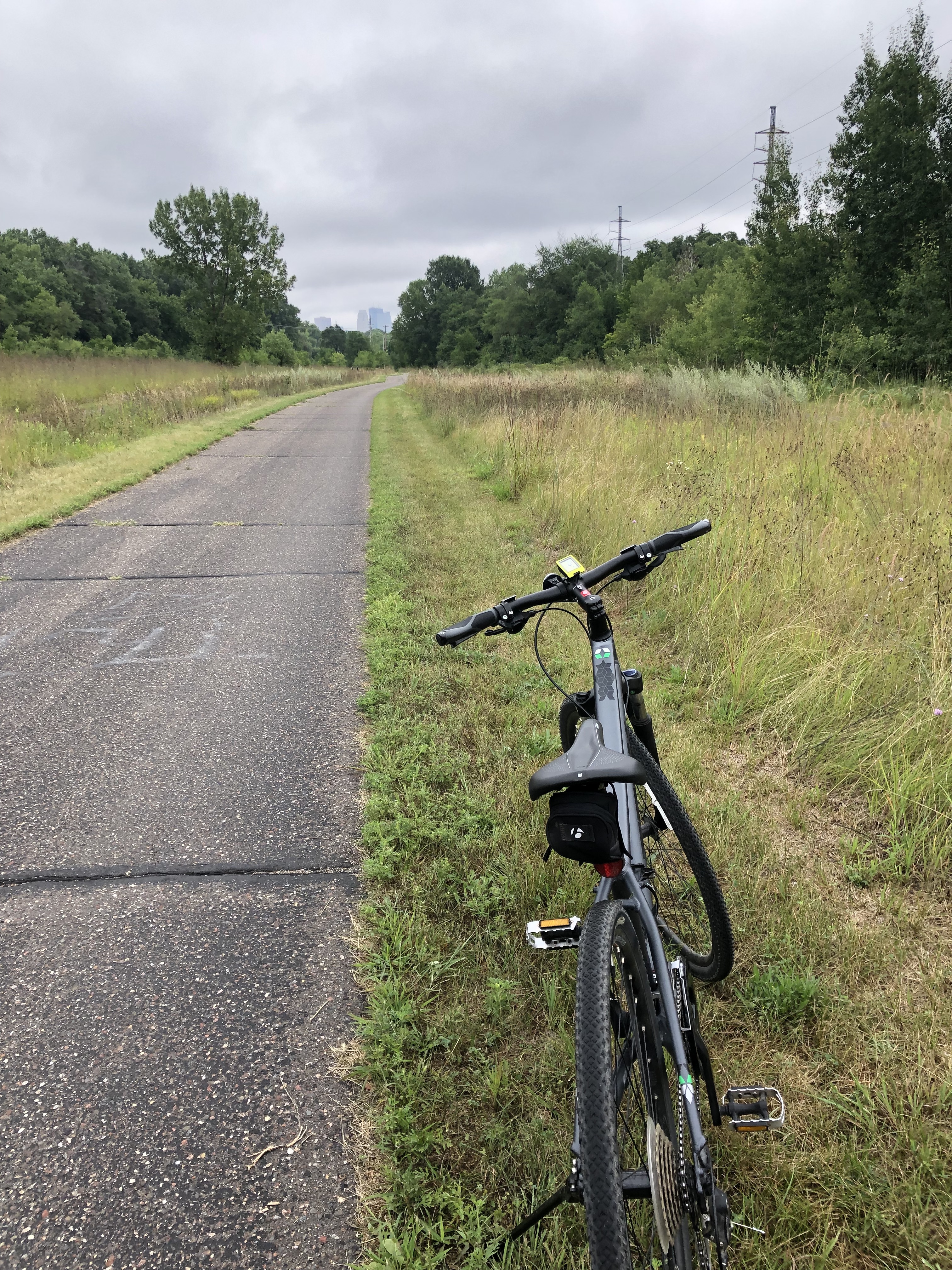
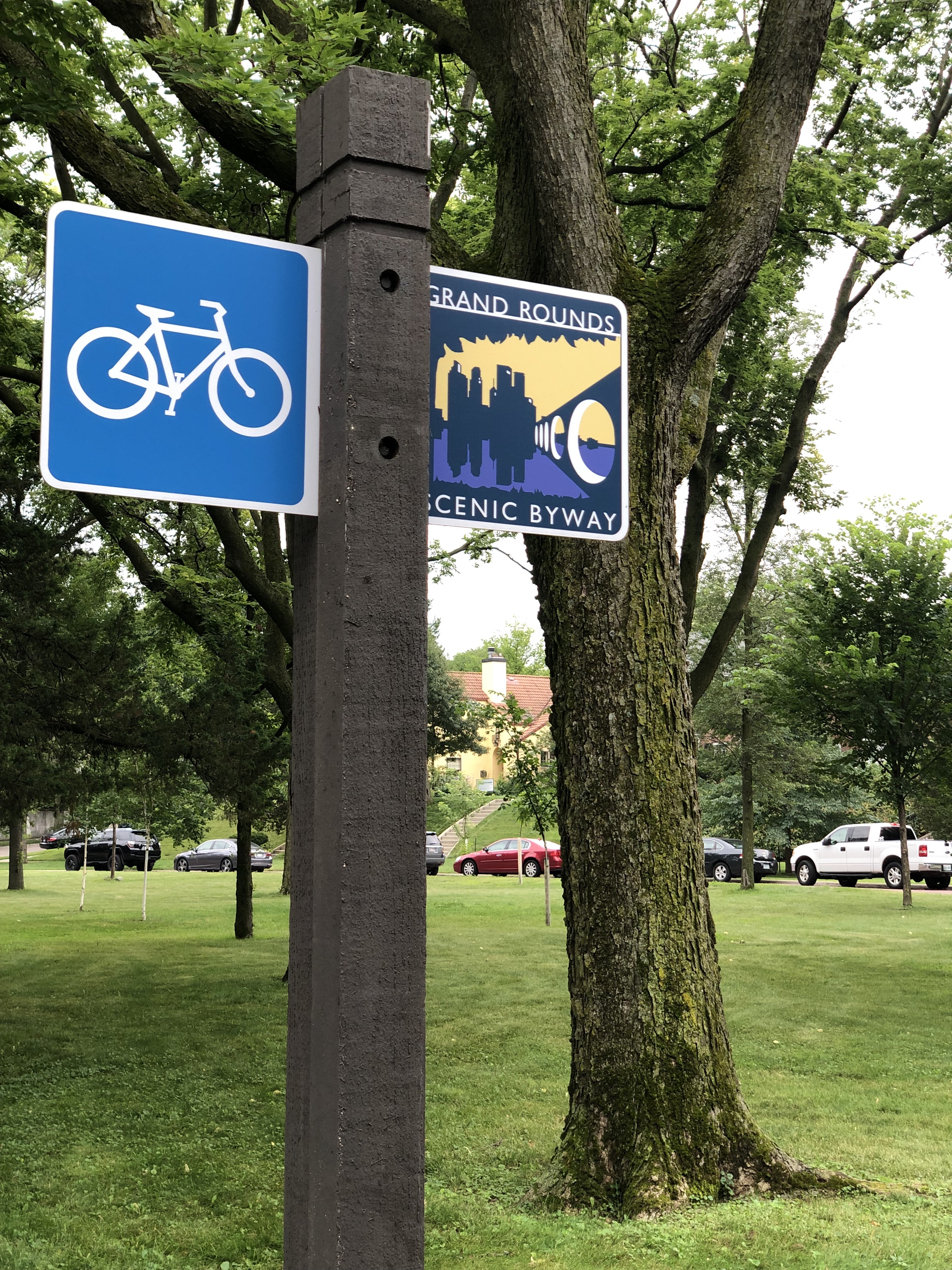
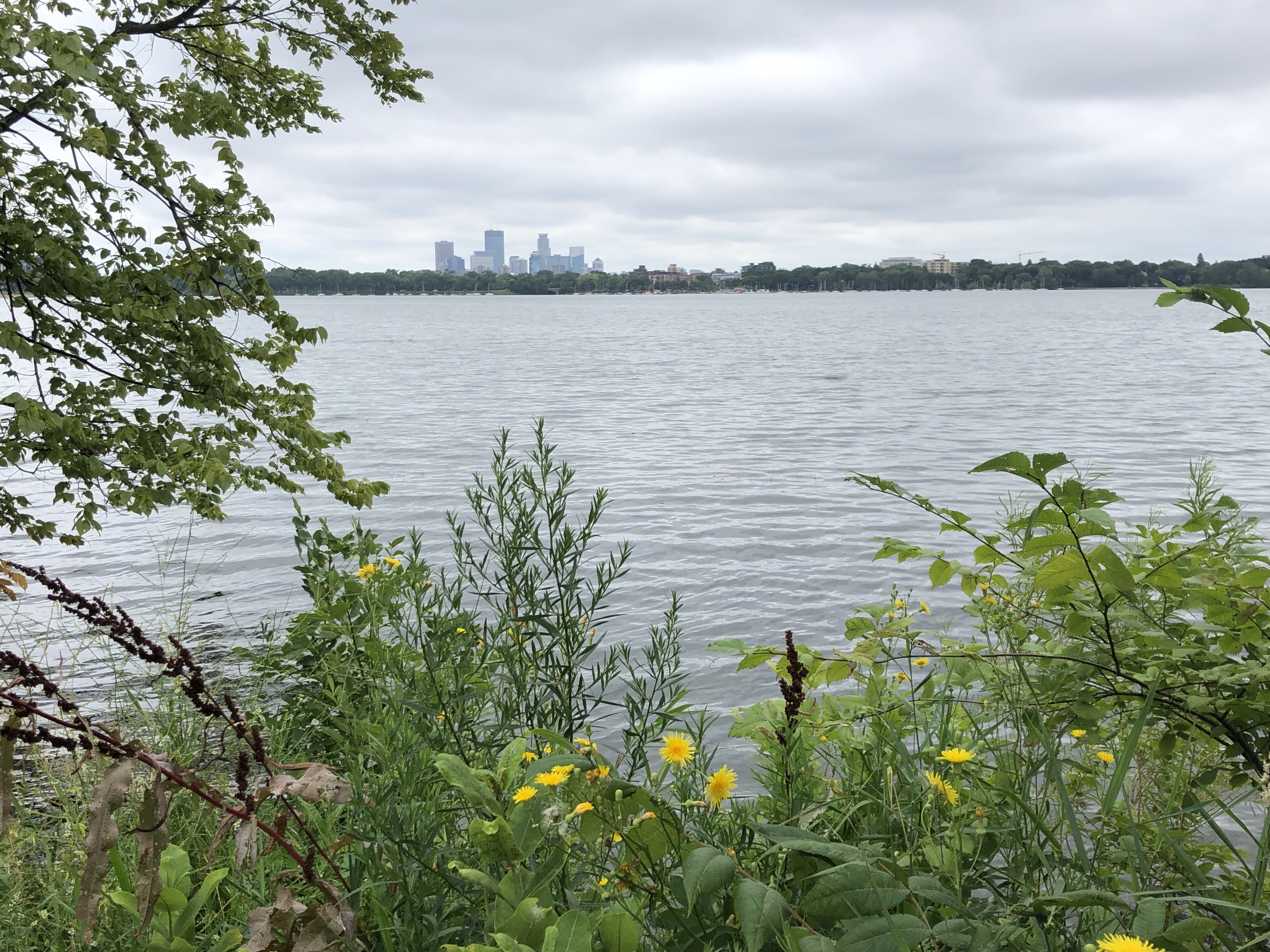
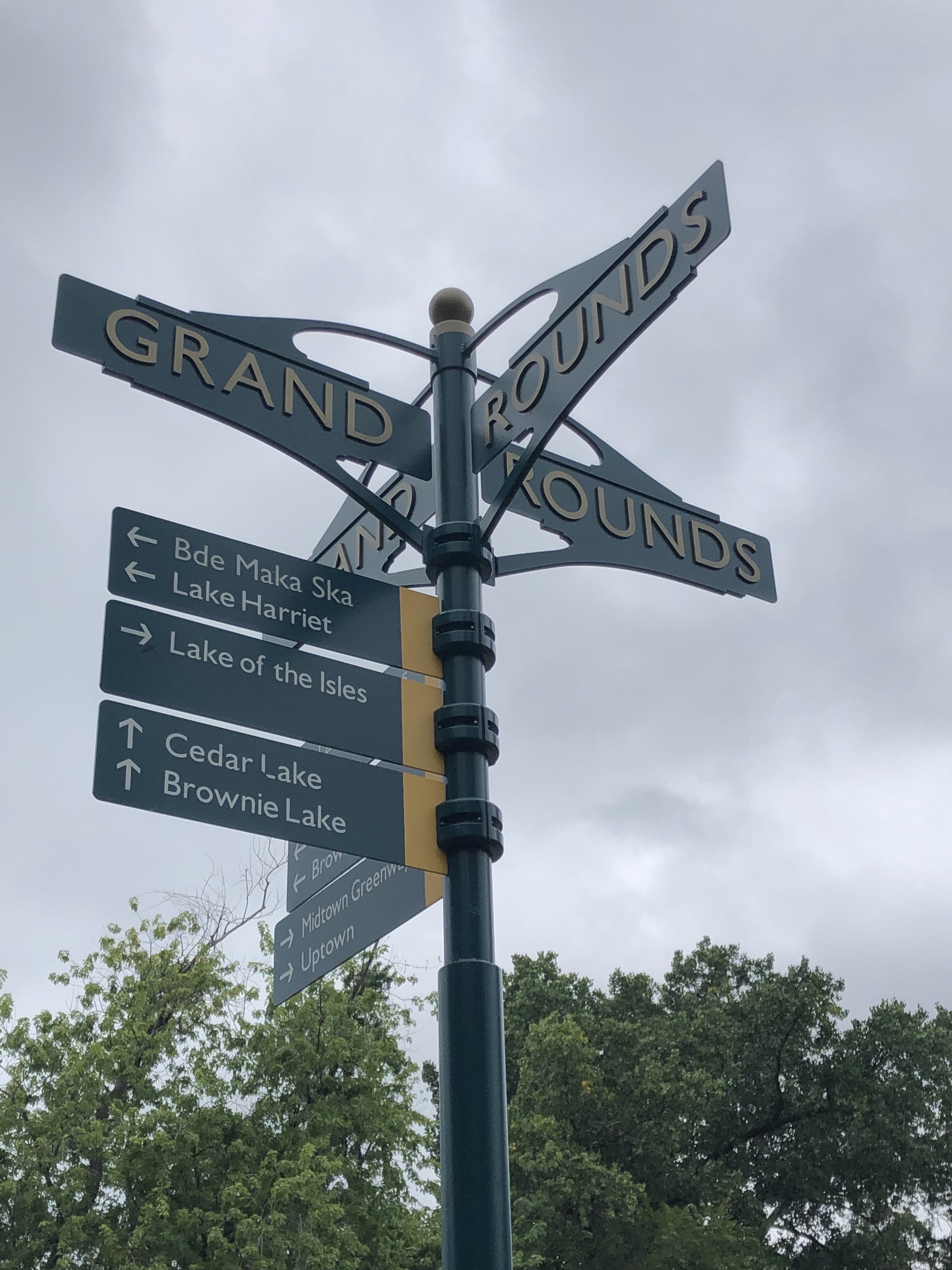
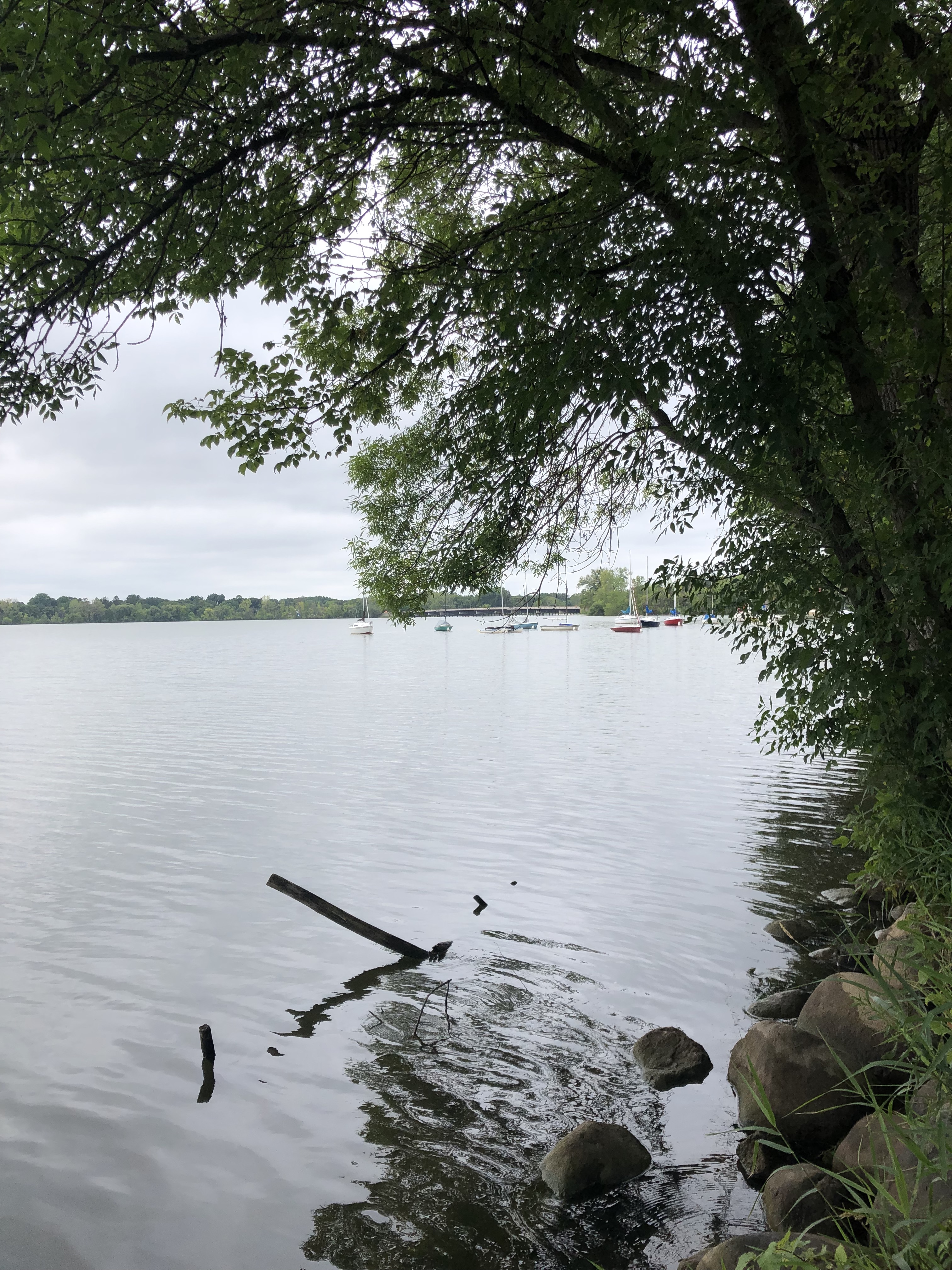
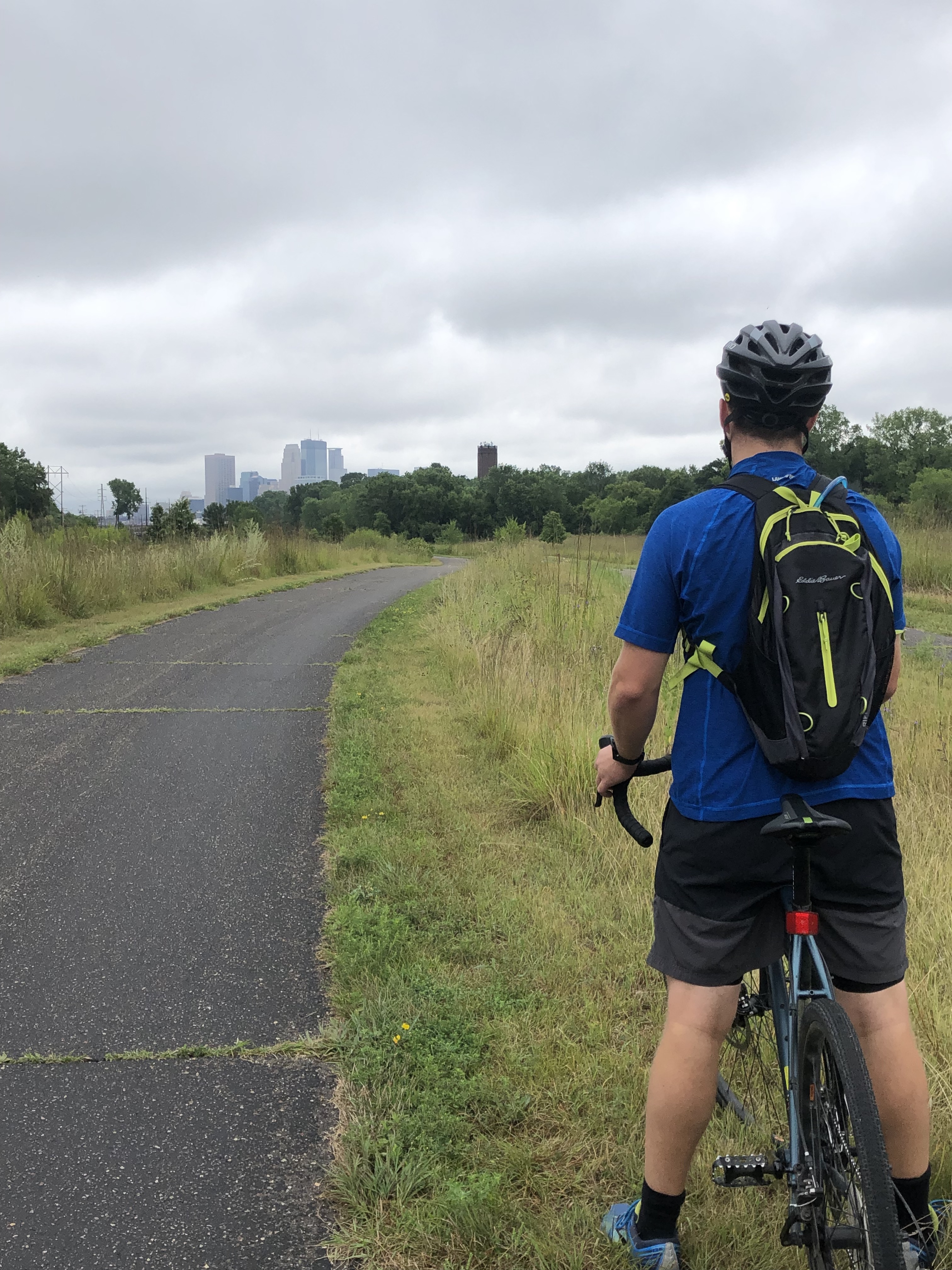



Comments are closed.